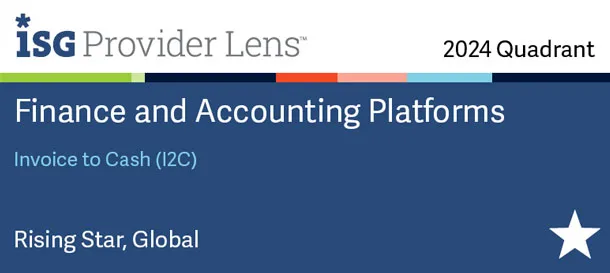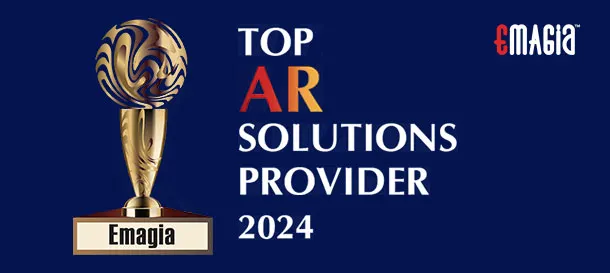Introduction to the 10 Rule in Accounts Receivable
Managing accounts receivable is crucial for maintaining a healthy cash flow and reducing financial risk. One of the widely used guidelines in credit risk management is the 10 Rule for Accounts Receivable.
What is the 10 Rule in Accounts Receivable?
The 10 Rule states that if 10% or more of a customer’s total outstanding invoices are overdue, the entire account should be classified as high risk. This means businesses should take proactive measures to collect payments, renegotiate terms, or reassess the customer’s creditworthiness.
This rule is particularly important for companies that extend credit to clients, ensuring that their accounts receivable remain healthy and sustainable.
Understanding the 10 Rule in Accounts Receivable
To fully leverage the 10 Rule, it’s important to understand its application in real-world financial management.
Definition of the 10 Rule
- The 10% threshold acts as a red flag for businesses, helping them identify customers who may pose a financial risk.
- It helps categorize cross-aged accounts, where older unpaid invoices can affect the entire receivable balance.
Why is the 10 Rule Important?
- Ensures faster identification of risky accounts.
- Helps businesses prevent overdue invoices from accumulating.
- Encourages proactive financial decision-making.
How is the 10 Rule Calculated?
To determine if a customer’s account is at risk:
- Total all outstanding invoices from the customer.
- Calculate the amount of overdue invoices (past due beyond agreed payment terms).
- Find the percentage of overdue invoices by dividing overdue invoices by total outstanding invoices.
- If this exceeds 10%, the entire account is considered high-risk.
For example:
- A customer owes $50,000 in total.
- $6,000 is overdue.
- Overdue percentage = ($6,000 ÷ $50,000) × 100 = 12%.
- Since 12% exceeds the 10% threshold, this account is flagged as high-risk.
How to Apply the 10 Rule in Accounts Receivable Management
Implementing the 10 Rule effectively can help businesses maintain financial stability and minimize risks.
Step-by-Step Process to Implement the 10 Rule
- Assess All Outstanding Invoices – Regularly review accounts receivable.
- Calculate the Overdue Percentage – Determine the ratio of overdue invoices.
- Flag High-Risk Accounts – Identify customers with overdue balances above 10%.
- Take Immediate Action – Contact customers, negotiate payment terms, or escalate collection efforts.
- Monitor Trends – Use accounts receivable aging reports to track customer payment behavior.
Best Practices for Applying the 10 Rule
- Use Accounts Receivable Automation – Implement software solutions to track and analyze overdue invoices.
- Set Credit Limits Based on Customer History – Avoid extending excessive credit to high-risk customers.
- Communicate Proactively – Send reminders and negotiate payment plans before accounts become overdue.
- Review Credit Terms Regularly – Adjust terms for customers with consistent late payments.
The Impact of the 10 Rule on Business Financial Health
The 10 Rule helps businesses improve financial health by ensuring timely collections and reducing bad debts.
Benefits of the 10 Rule
- Enhances Cash Flow Management – Faster collections lead to better liquidity.
- Reduces Write-Offs – Identifies at-risk accounts before they become uncollectible.
- Improves Financial Stability – Helps businesses plan their budgets more accurately.
- Strengthens Risk Assessment – Provides a structured approach to evaluating customer creditworthiness.
Challenges in Applying the 10 Rule
- Setting the Right Threshold – Some industries may require a different threshold.
- Customer Relations Issues – Overly aggressive collection methods can strain business relationships.
- Need for Regular Monitoring – Businesses must consistently review accounts to ensure accurate risk assessment.
How to Strengthen Accounts Receivable Processes Beyond the 10 Rule
While the 10 Rule is effective, businesses should also implement additional best practices to strengthen their accounts receivable management.
Implement Clear Payment Terms
- Define clear payment due dates, late fees, and consequences for overdue accounts.
- Ensure clients understand their obligations before extending credit.
Use Automated Invoicing and Payment Reminders
- Automated invoicing software ensures invoices are sent on time.
- Payment reminders reduce the chances of overdue accounts.
Perform Regular Credit Risk Assessments
- Conduct background checks before extending credit.
- Monitor changes in customer financial behavior.
Encourage Early Payments
- Offer discounts for early payments to improve cash flow.
- Implement flexible payment plans for reliable clients.
How Emagia Helps Businesses Apply the 10 Rule Efficiently
Advanced Analytics and Risk Management
- Emagia provides real-time insights into accounts receivable trends.
- It helps businesses identify high-risk accounts before they become a financial burden.
Automated Collections and Payment Reminders
- AI-driven automation ensures follow-ups on overdue invoices.
- Reduces manual intervention and speeds up collections.
Seamless Integration with Financial Systems
- Emagia integrates with ERP and accounting software for seamless data management.
- Provides an all-in-one platform for receivables tracking and credit risk analysis.
FAQs: Understanding the 10 Rule in Accounts Receivable
What is the 10 Rule for Accounts Receivable?
The 10 Rule states that if 10% or more of a customer’s outstanding invoices are overdue, the entire account is considered high-risk.
How does the 10 Rule help businesses?
It helps businesses identify potential bad debts early, ensuring better financial stability and cash flow management.
Can the 10% threshold be adjusted?
Yes, companies can modify the percentage based on industry standards and specific financial policies.
What industries benefit most from the 10 Rule?
The rule is beneficial for B2B businesses, financial institutions, and service providers that extend credit to customers.
Does the 10 Rule replace other credit risk strategies?
No, it should be used alongside other risk management techniques, such as credit scoring and financial analysis.
Final Thoughts: Why the 10 Rule Matters for Business Success
The 10 Rule for Accounts Receivable is a powerful tool for managing credit risk and improving financial stability. By integrating this rule into accounts receivable processes, businesses can:
- Ensure timely payments.
- Reduce bad debt losses.
- Strengthen financial planning.
When combined with automated tools like Emagia, the 10 Rule becomes even more effective, helping businesses streamline collections and improve overall cash flow.







